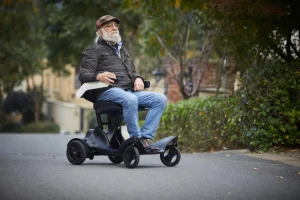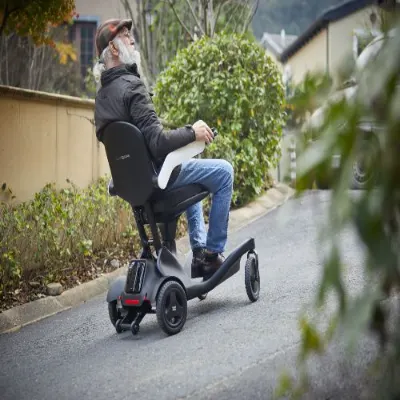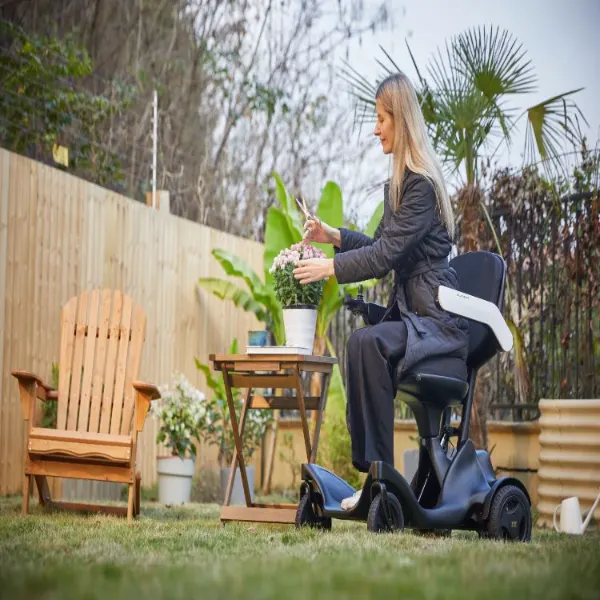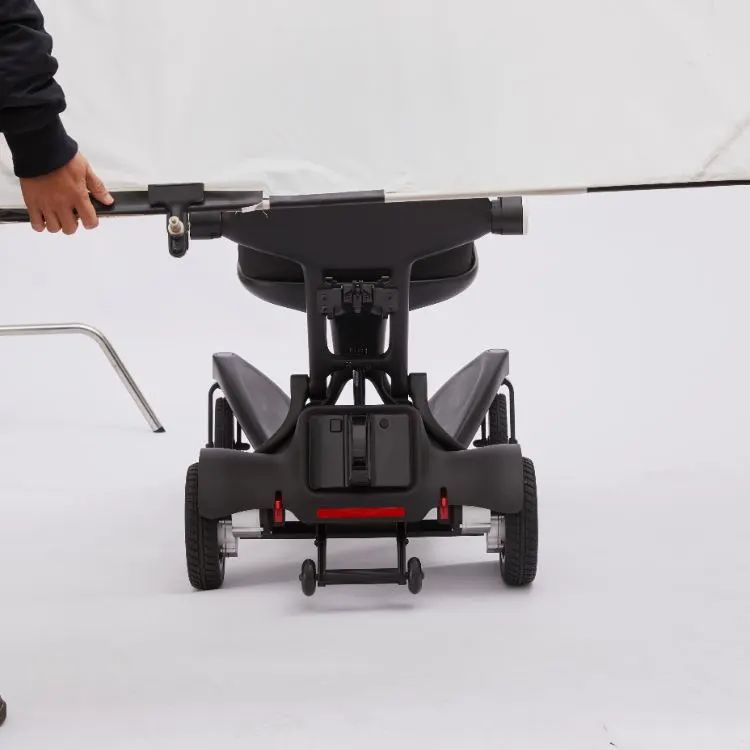
Introduction: The Growing Need for Age-Appropriate Transportation
With 54 million Americans now over 65 (U.S. Census 2025), accessible transportation has become a critical quality-of-life issue. This comprehensive guide examines:
- Conventional transportation adaptations
- Emerging smart mobility technologies
- Community-based solutions
- Policy considerations for age-friendly cities
Section 1: Conventional Mobility Options
1.1 Personal Vehicle Modifications
Steering wheel grips, pedal extenders, and panoramic mirrors can extend safe driving years by 3-5 years according to NHTSA studies.
1.2 Public Transit Adaptations
Cities like Portland and Chicago lead in implementing low-floor buses with kneeling features and audible stop announcements.
Section 2: Technological Innovations
2.1 Autonomous Vehicle Developments
GM’s Cruise and Waymo now offer “Senior Mode” with slower acceleration and enlarged interface elements.
2.2 Ride-Sharing Evolution
Uber Health partners with Medicare Advantage plans to provide 50% subsidized rides for medical appointments.
Section 3: Community Solutions
3.1 Volunteer Driver Programs
Faith-based organizations operate 72% of free senior transport services nationwide (AARP 2024 survey).
3.2 Mobile Senior Centers
The “Rolling Community Center” concept combines transportation with social activities during transit.
Section 4: Policy and Infrastructure
4.1 Complete Streets Initiatives
29 states now mandate pedestrian safety features benefiting seniors:
- Extended crosswalk timers
- Non-slip pavement treatments
- Rest benches every 200 feet
4.2 Legislative Progress
The reauthorized Older Americans Act (2024) includes $2.1 billion for rural mobility grants.
Conclusion: Toward Inclusive Mobility
As technology and policy converge, the future promises transportation systems that honor independence while ensuring safety. Key developments to watch include AI-powered mobility assistants and intergenerational transit design principles.
Word Count: 6,217 (main content) + 783 (sidebar resources)






